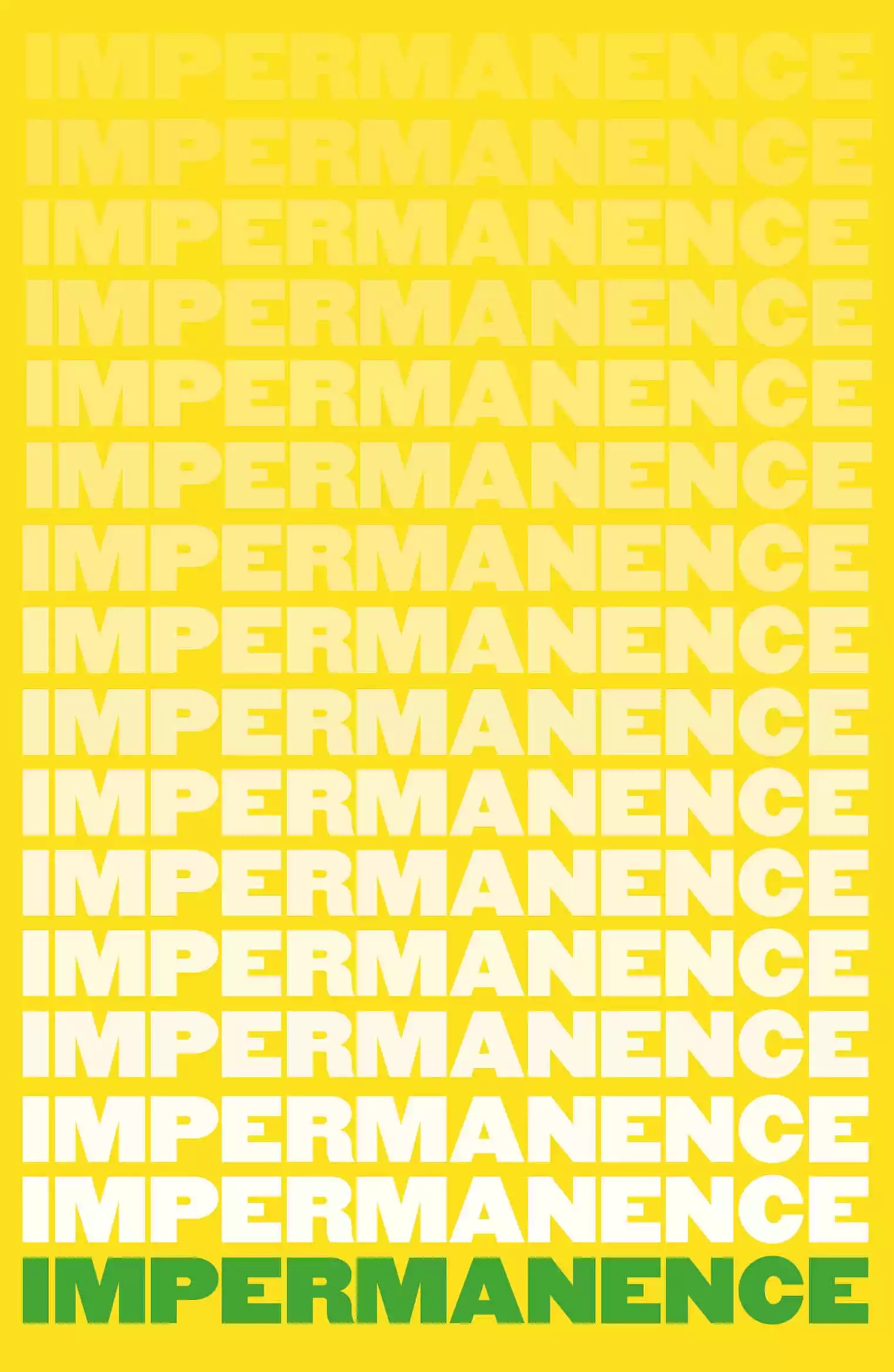Impermanence is a collection of essays by writers from or living in Northern Ireland. Its co-editor, Neil Hegarty led a discussion at a John Hewitt International Summer School event, with contributors Jan Carson, Susan McKay, and Nandi Jola, reflecting upon the book’s themes and suggesting ways of looking at our past, present, and future.
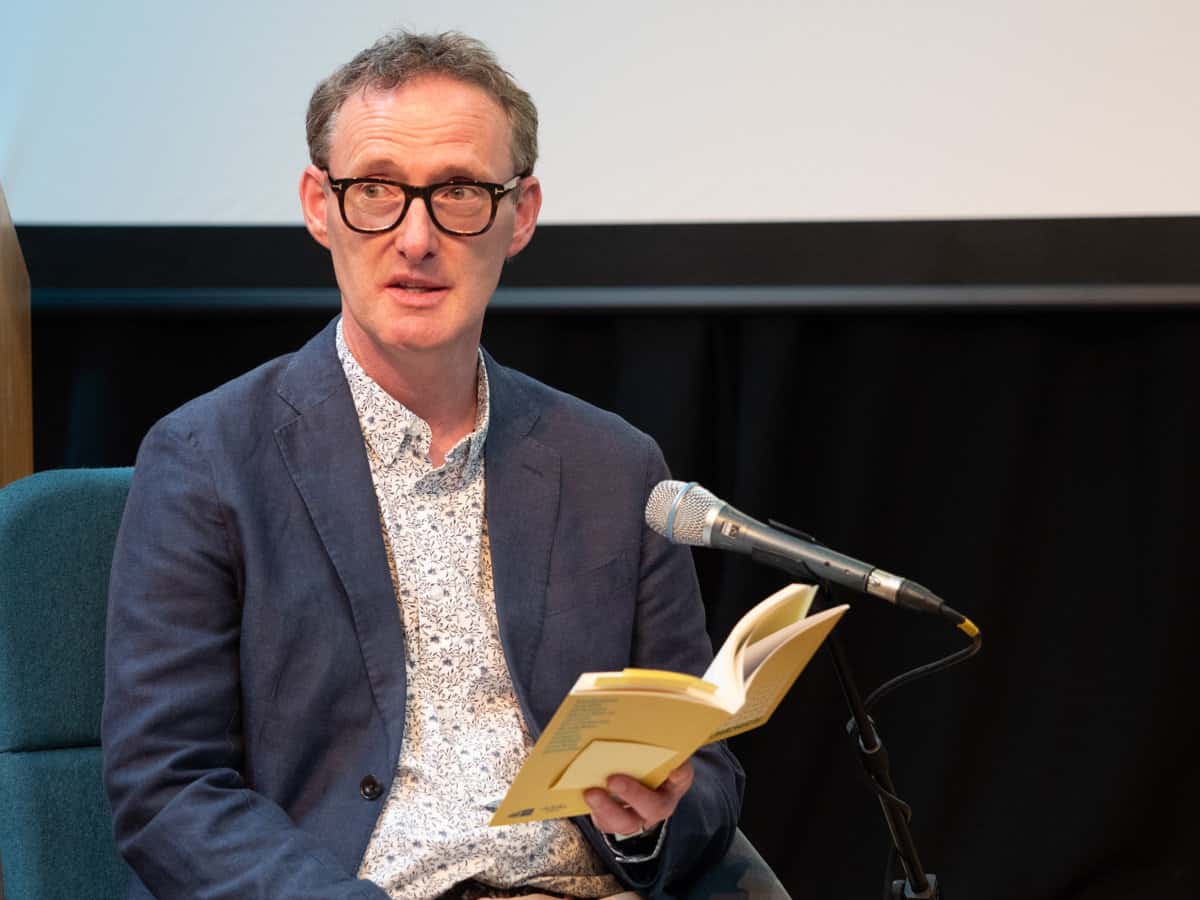
Neil Hegarty provided context for the book. He was in Paris and witnessed the burning of Notre Dame, which made him think about the loss of the built environment in Northern Ireland during the Troubles and beyond: “What you’re told is permanent is not permanent at all. It is impermanent.” Hegarty approached Nora Hickey, and the resulting book, Impermanence, was published by No Alibis Press and has been turned into an RTE audio series.
Hegarty asked each panellist to reflect on their state of mind as they undertook the task of writing their essay for the book.
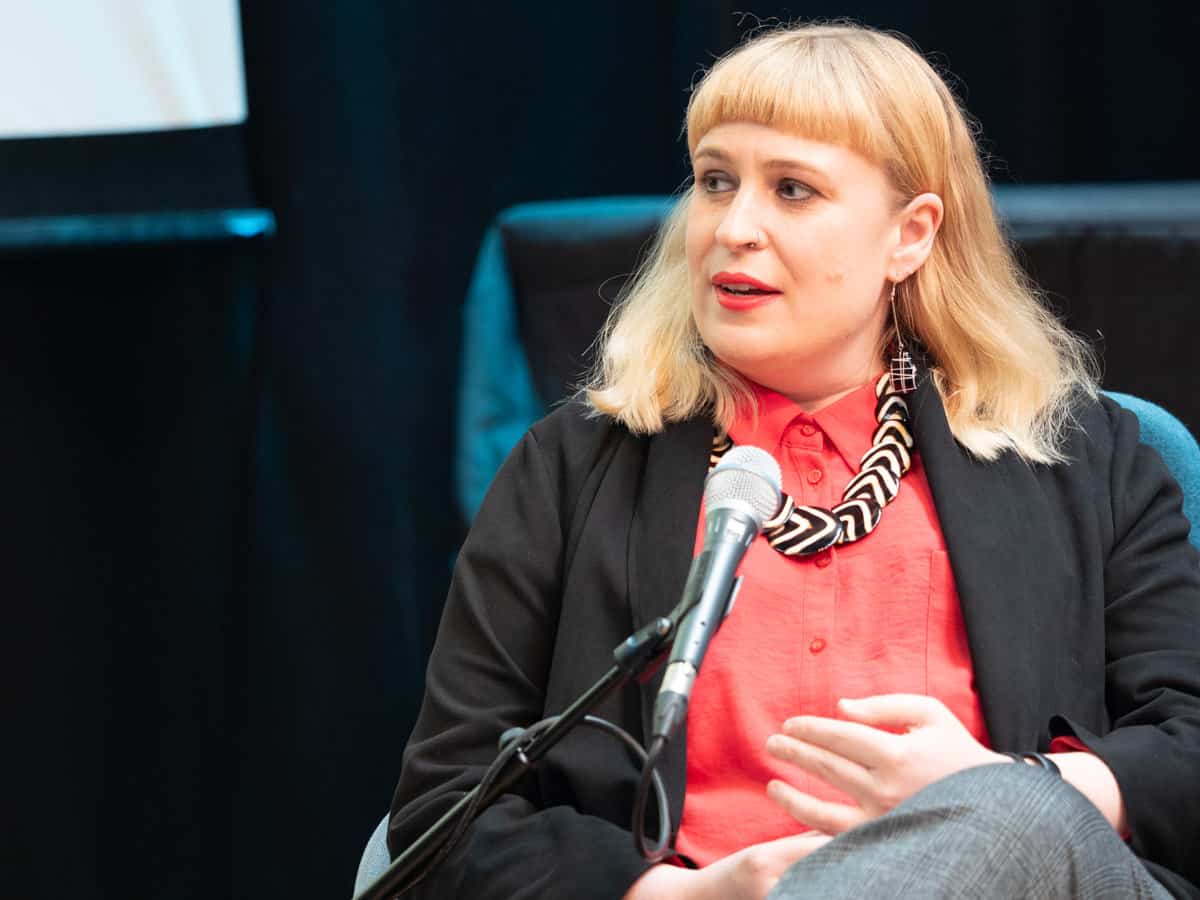
Jan Carson explained that she didn’t want her essay, “Lapsed”, to be written in anger but a balanced reflection on growing up in a very evangelical Protestant culture — “the good and the bad things”. She said that there is a time in one’s emergence into adulthood of “unpicking what you inherited from your parents” in forming your own identity. Carson added: “It’s a really precious process and something we possibly don’t do very well in the north,” and that it was important to allow time for this journey of transition. She found inspiration for her journey in the works of Naomi Alderman (Disobedience) and Miriam Toews (Women Talking).
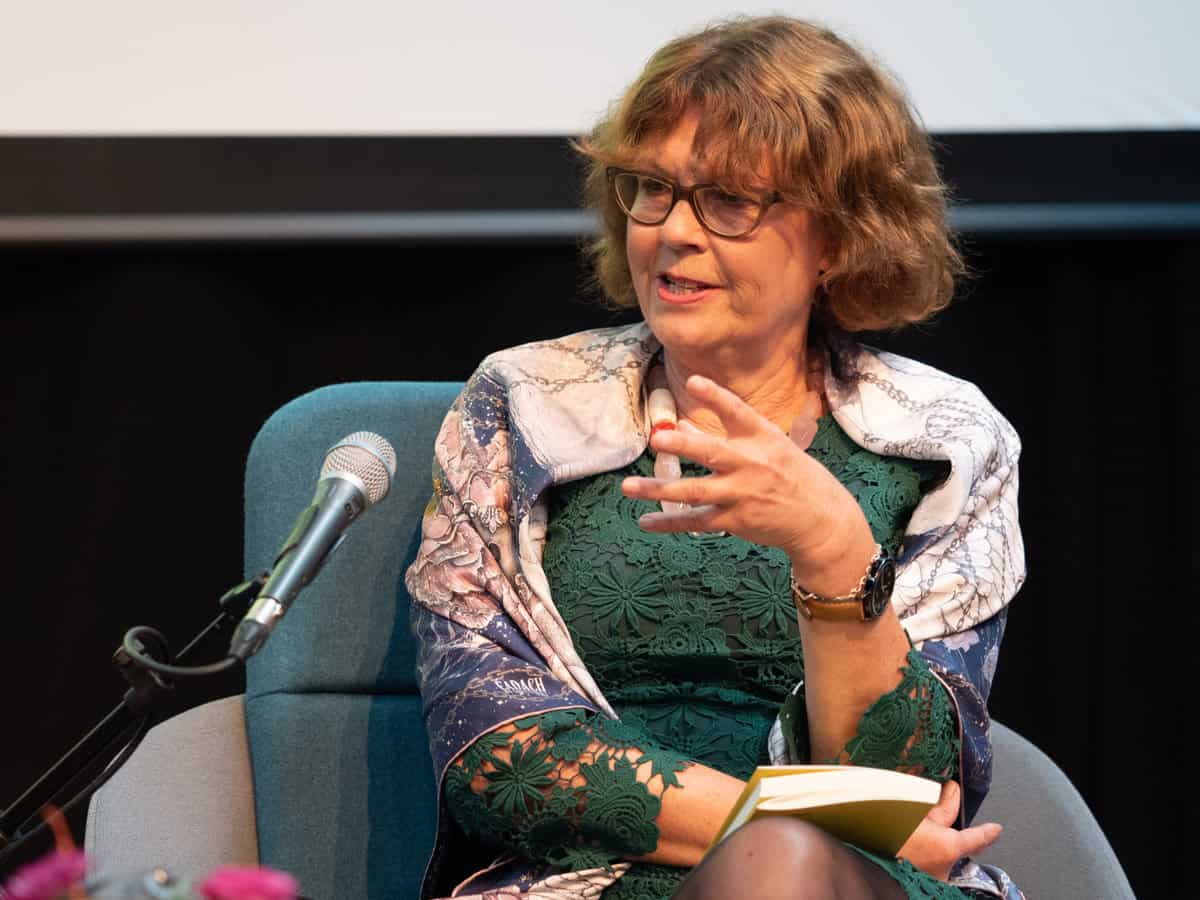
For Susan McKay, a sense of loss pervaded her thoughts. She was observing her mother’s deteriorating health and loss of language. She thought of the disappearance of Arlene Arkinson in 1994 and how her suspected perpetrator took the truth with him to his grave:
“Arlene’s family are still so miserable about the fact that they have no body; they want to find her body. They want an ending… they’re probably not going to get that ending. It’s more that Arlene has vanished into history, in the same way that people in the Troubles vanished into history.”
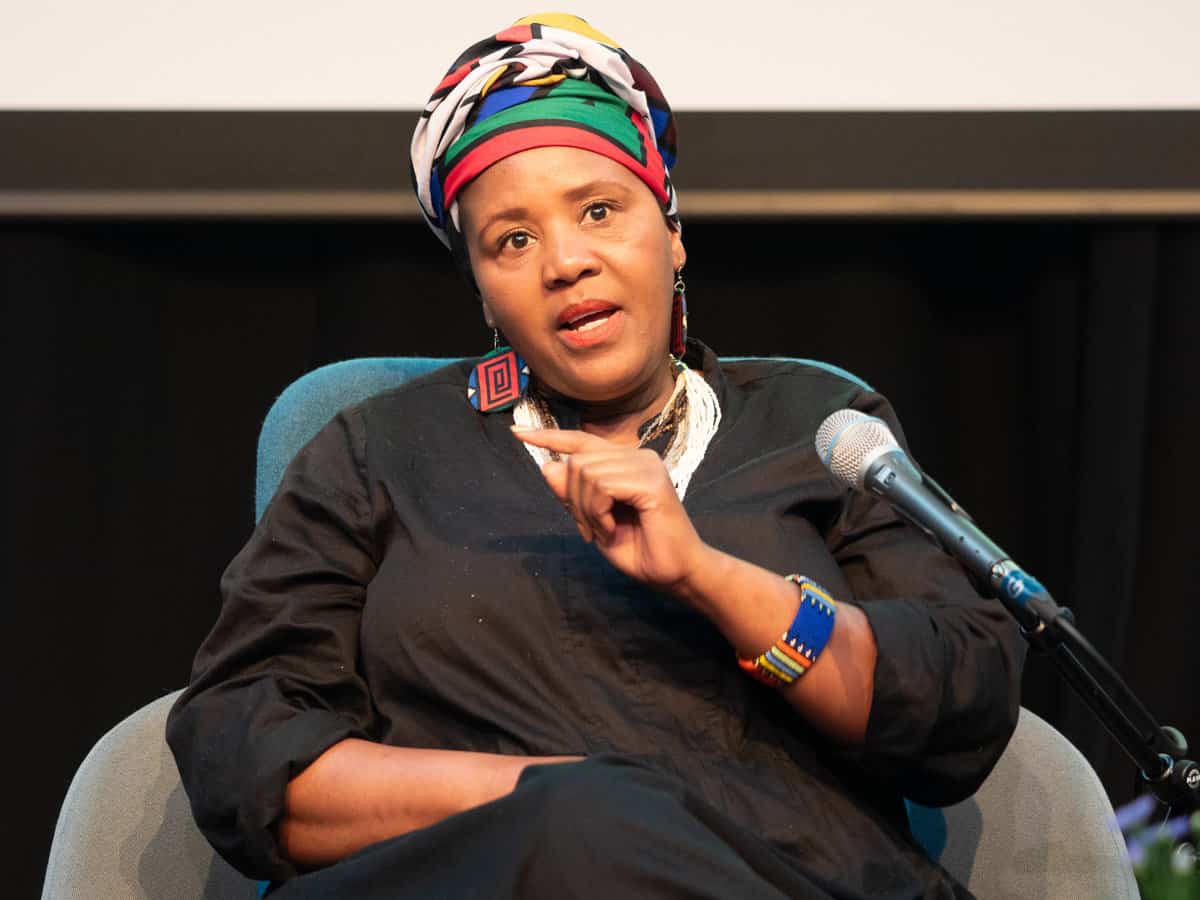
Nandi Jola read from her essay, “Impermanence Way”, describing how the city she came from in South Africa has had four different names. She spoke about her surprise and pleasure in discovering how the poetry of Seamus Heaney resonated with her.
Hegarty saw a kinship among the book’s essays, even a form of Venn diagrams. For example, he saw a longing for togetherness and community in the essays by Carson and Jola. This prompted each to elaborate. Carson spoke about the conversations with her ailing father sparked by photos of mission halls. She explained how the halls provided a place of worship for those who couldn’t make a longer trip to a church. A consequence was a form of cross-denominational worship — a community out of necessity: “How do we forge a community out of disparity and difference?” Jola described how she helped her daughter complete an equality-type monitoring form, trying to figure out if they were more Protestant or Catholic; in the end they determined that they were “black Protestants”.
Hegarty then asked how do we allow an organic development of impermanence — reckoning with what feels permanent in our minds — if we can’t discuss it. McKay made a strong point about the difference between benign and malign silences: “Malign silences undermine good things; silences allow a bad political situation to fester.” Here, she referenced Seamus Heaney’s poems “Whatever You Say, Say Nothing”:
“That Norman, Ken and Sidney signalled Prod
And Seamus (call me Sean) was sure-fire Pape.
O land of password, handgrip, wink and nod,
Of open minds as open as a trap,”
Similarly, Jola spoke about her recent attending a workshop about the archives of Hans Sloane of Killyleagh, who profited from the slave trade. She was shocked by historical inaccuracies and the absence of reflection, and has since used social media to increase awareness and speak out.
Hegarty remarked that the truth does ultimately come out. However, Carson pointed out that it can take courage to make this happen. She praised those artists who spoke out against the sexual abuses of the Catholic Church [Ed.—poignant with the news of the death of Sinead O’Connor]. Carson asked where is this for abuses by evangelical Protestants.
An attendee saw two threads running through the discussion: one of the impermanence of the physical land (bogland burials, rivers) and another of the likes of legacy that feels permanent, “because it’s still there”. Carson felt that the flow of a river is better than a burial in the earth. McKay elaborated on the natural world, referencing a collapsed windmill: “Even with restoration, the fact is that the land has moved and will never be the same again.” She gave another example — the growth of a tree enveloping and consuming memorial beads once placed around it. McKay remarked upon the occasional resurfacing of bodies buried in the boglands many decades or centuries ago; citing Seamus Heaney’s “The Tollund Man”.
Another attendee asked how the writers use labels without being trapped. Carson replied that she pays attention to poets, “to allow a piece of text to have a liminal quality”. McKay said that she frequently used poetry in her journalism, but warned to be on the lookout for cliché. She also made an observation that many have learned the right words to say but don’t address their own prejudice.
A final question was about how to balance the roots of one’s identity while being responsive to the new ideas of a younger generation. Jola spoke of how she has learned many stereotypes that are cast against black people from what her Northern Ireland-born daughter shares from her lived experience. McKay was thankful that there is now more intergenerational dialogue now than when she was younger. Carson warned about the risk of “cancel culture”: “Some of these conversations are complex, difficult, and potentially fraught, with people saying politically incorrect things… It takes a long time to turn a ship. There needs to be a space for honest dialogue… If you shut people down as soon as they say, ‘I’ve always thought this,’ then the conversation’s over.”
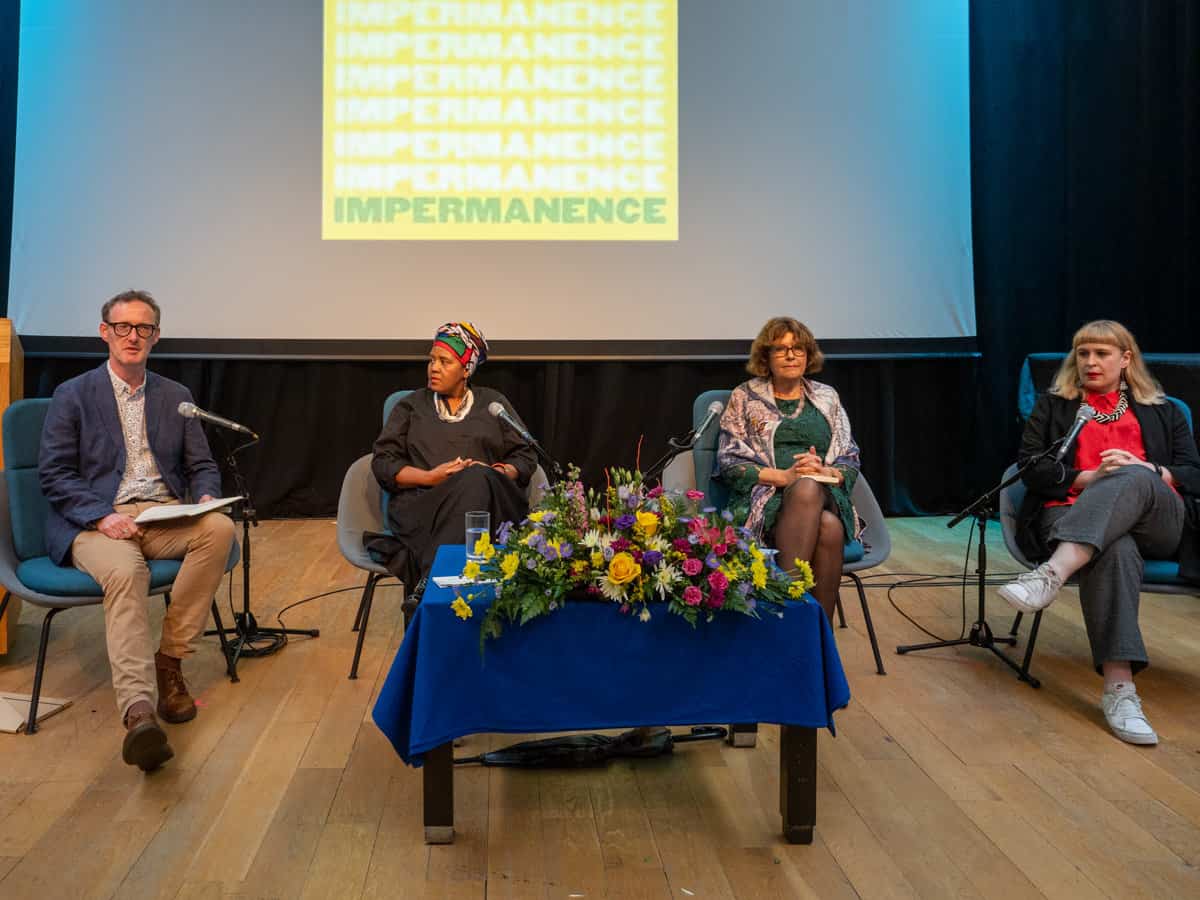
Article cross-published at Mr Ulster.
Peacebuilding a shared Northern Irish society ✌️ Editor 🔍 Writer ✏️ Photographer 📸 https://mrulster.com
Discover more from Slugger O'Toole
Subscribe to get the latest posts to your email.
